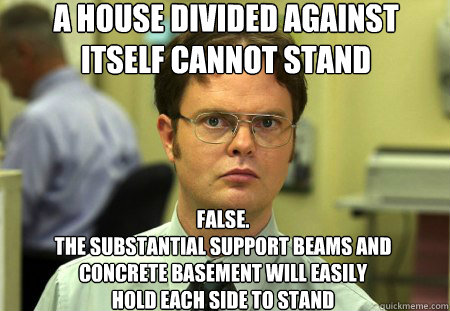In 1993 Howard Rheingold’s book ‘The Virtual Community’ proposed that Computer-Mediated Communication (CMC) would radically change the nature of social interaction in a positive way. It would be positive because it would reverse the trend toward privatisation and alienation of developed societies; it would allow citizens to challenge the hegemony of established political power; virtual communities were seen as a place that would lead the user to post-modern sensibilities.
Today the online world is very different compared to the ideas in the 90s, with the nature of social interaction becoming complex with problems arising in relationship maintenance, legal and political obligations, moral responsibility and cultural understanding. Fiona Martin describes in her article that with the growth of the read / write web is causing businesses to assess their online communication strategies and consider the perceived risk in the development of social relationships. Who would of thought that positive potential of social interaction world would turn out like this?
Today with social media becoming an integral part of society, companies who have not integrated social media within their organization are not out of the loop, but mute to online conversations which can lead to disastrous results. For example, two Domino’s employees recorded themselves breaching several food health and safety regulations and then posted the video on YouTube. The video quickly went viral with millions of views. Domino’s waited a few days before responding to the video, by which time most of the damage to the Domino’s brand was done.
The unplanned communication regarding, Domino’s led to the downfall of share price and loss of customer loyalty. It was however the use of planned communication through the creation of a twitter account and a public apology placed on YouTube that put the company back on the road to public recovery. Because of the nature of social interaction, reputation management has become a major challenge online. It has caused a shift from not only regulating others but regulating ourselves.




